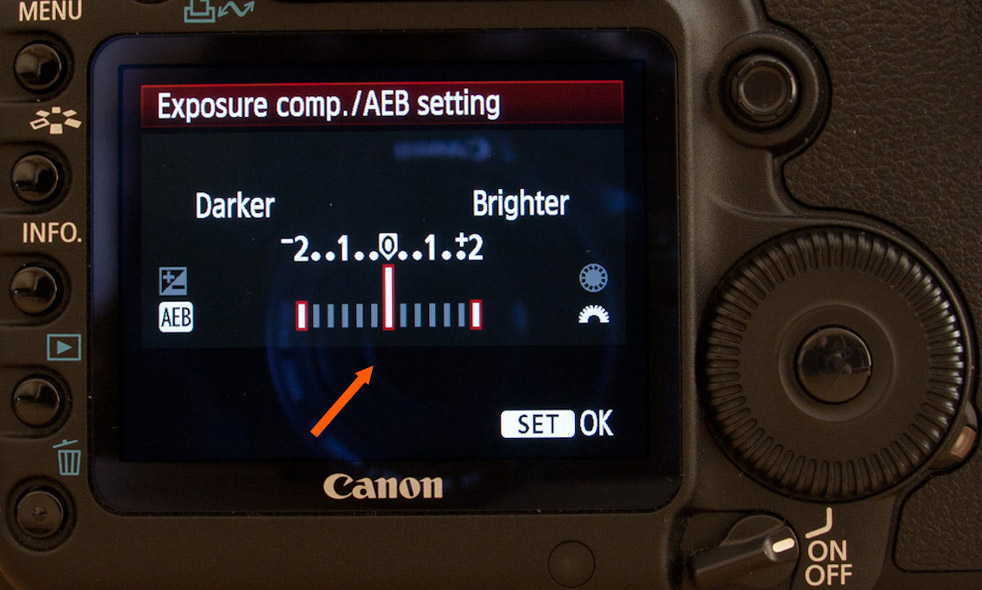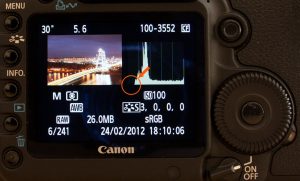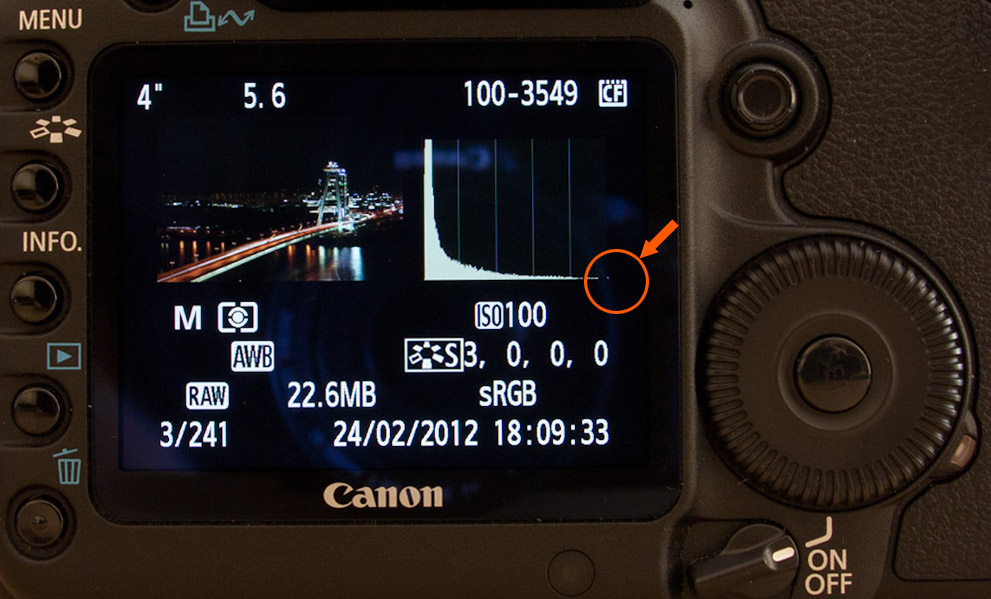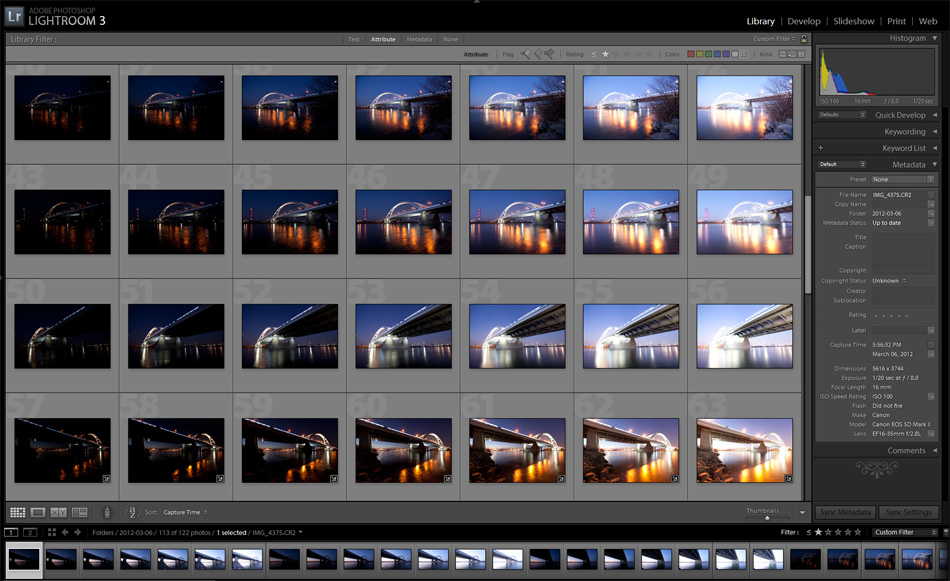Looking back at 2011
As a new year begins, you just can’t go without looking back at the old year. They were good days, there were bad. And there were days I got into explore and on the explore front page on Flickr. So this is a little list of all the photos there (numbers 11,12 and 17 were on the front page):
1. White boats, 2. Boats, bridge and sunset, 3. Blue Danube, 4. Remembering the Summer, 5. Green light at the end of the stairs, 6. Orange light under the bridge, 7. Running on tracks, 8. Tree in the sunset,
9. Few moments after sunrise, 10. Entry gate, 11. Almost full moon, 12. New day begins, 13. Wheels, 14. Last Summer, 15. Night Bridge, 16. Small moon under the bridge, 17. After sunset in the Sunflower field, 18. The other side of the Chateau in Mikulov, 19. Night in Prague, 20. Chateau in Lednice, 21. Water & Rocks, 22. Reflected Fireworks, 23. Tension, 24. Letting off steam,
25. Spiral, 26. County Session House
The picture was created with Scout @ bighugelabs.com
End of a Year
I said I had more fireworks shots :) So here is another one. This was taken after the main new years fireworks already ended. It was actually quite a lucky shot, because when I pressed the shutter, somebody fired off a firework right below me. So I had the exact right moment :)















